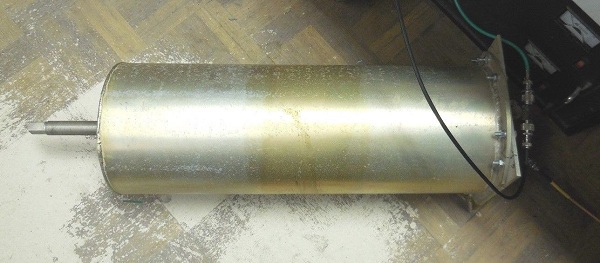According to the commscope isolation calc at 146mhz using a 1/2 wave set of antennas (that's there baseline calc) at 65' on horizontal plane I should be at approx 42db isolation.
What could I see for isolation db if I run just plane 1/4 wave (aka unity gain) antennas?
My proposed setup is a simple 10w 146mhz repeater with 2 separate antennas and 2 radios on opposite ends of my house. I want to do a 600 kHz spread though my local said I could do 1 MHz also if needed thought it would be odd.
1 antenna can be lower than other as well if that would help.I know I will get some desense, just concerned about killing front ends and such.
With 10w testing I get almost 20 miles range that I test driven.
I can't go vertical at my location per lease.
Help appreciated.
What could I see for isolation db if I run just plane 1/4 wave (aka unity gain) antennas?
My proposed setup is a simple 10w 146mhz repeater with 2 separate antennas and 2 radios on opposite ends of my house. I want to do a 600 kHz spread though my local said I could do 1 MHz also if needed thought it would be odd.
1 antenna can be lower than other as well if that would help.I know I will get some desense, just concerned about killing front ends and such.
With 10w testing I get almost 20 miles range that I test driven.
I can't go vertical at my location per lease.
Help appreciated.

